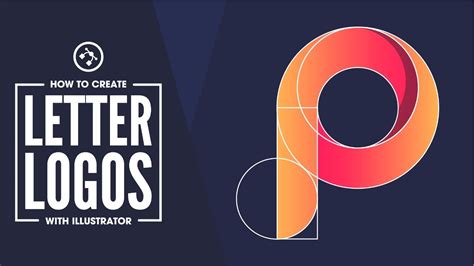How AI is Revolutionizing the Art World: Unlocking New Opportunities for NFT Artists
The art world has witnessed a significant shift in recent years, with the rise of Non-Fungible Tokens (NFTs) and the emergence of digital art. Traditional artists have long struggled to compete with the ease and accessibility offered by these new technologies. However, AI is increasingly playing a pivotal role in revolutionizing the art industry, providing new opportunities for NFT artists to express themselves and connect with their audiences.
The Rise of Digital Art
Digital art has been around since the 1960s, but its popularity has experienced a resurgence in recent years, driven by advancements in technology. The advent of 3D printing, virtual reality (VR), and artificial intelligence (AI) has enabled artists to create complex and immersive digital artworks that were previously unimaginable.
NFTs, which represent unique digital assets, such as art, music, or collectibles, have become a new frontier for digital artists. These NFTs can be traded on online marketplaces, similar to traditional physical art pieces, providing artists with a new way to monetize their work.
AI Powered Art Creation
AI algorithms are being used to generate unique and original artwork, which is then sold or traded as an NFT. This process involves complex machine learning models that can recognize patterns in data, such as images, text, or music. The algorithms can then create new artworks by combining these patterns in innovative ways.
For instance, AI-powered art software can take a photograph of the user's face and generate a unique digital portrait. The algorithm analyzes the image, identifying features such as skin tone, facial expressions, and eye shapes. It then uses this information to create a 3D model of the face, which can be used as an NFT.
Benefits for NFT Artists
The use of AI in art creation offers several benefits for NFT artists:
Increased creativity
: AI algorithms enable artists to explore new ideas and styles without the constraints of human creativity.
Improved efficiency: AI-powered art software can automate many aspects of the creative process, saving artists time and effort.
New revenue streams: The sale or trade of AI-generated NFTs creates a new market for digital art, providing opportunities for artists to earn income from their work.
Challenges and Opportunities
While AI is revolutionizing the art industry, there are also challenges that NFT artists must address:
Copyright and ownership: As AI-generated content becomes more prevalent, questions arise about copyright and ownership rights.
Authenticity: Ensuring that AI-generated NFTs are authentic and trustworthy will require new standards and regulations.
Digital scarcity: The increasing demand for digital art may lead to concerns about digital scarcity and the value of NFTs.
Despite these challenges, the opportunities for NFT artists to innovate and create new business models have never been greater:
New markets: AI-powered art software can open up new markets for digital artists, providing a way to monetize their work in ways previously unimaginable.
Collaborations: The rise of AI-generated NFTs has also enabled new collaborations between humans and machines, creating novel creative combinations.
Increased accessibility: AI-powered art tools make it easier for non-artists to create digital art, expanding the reach of NFT artists.
Conclusion
The integration of AI in the art world has opened up new opportunities for NFT artists to express themselves and connect with their audiences. As technology continues to evolve, we can expect to see even more innovative applications of AI in art creation.